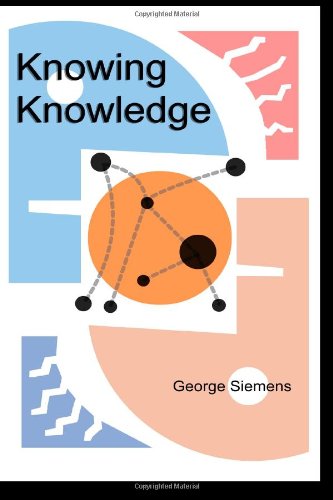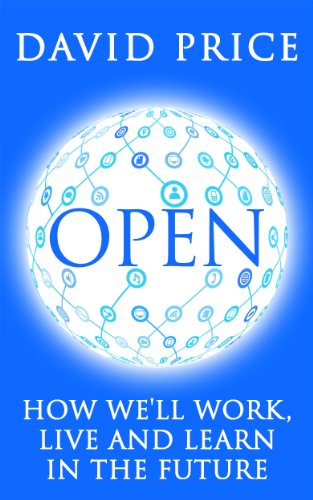Module 4 - Section 5
Some Further Reading
To get started, it’s important that we have a firm grasp of the fundamentals of how people learn this module looks at the psychology of learning and gives an overview of how the brain supports us to learn new things
So, you’ve now covered all of the basics in learning in a networked world. But we’d like you to take you thinking further.
First up, we’d like you to take some time to explore Connectivism. Connectivism is Connectivism is a theoretical framework for understanding learning in a digital age developed by George Siemens and Stephen Downes. It emphasises how internet technologies such as web browsers, search engines, wikis, online discussion forums, and social networks contributed to new avenues of learning. Connectivism suggests that learning does not simply happen within an individual, but within and across the networks. What sets connectivism apart from theories such as constructivism is the view that "learning can reside outside of ourselves (within an organisation or a database), i and the connections that enable us to learn more are more important than our current state of knowing”. In other words Connectivism sees knowledge as a network and learning as a process of pattern recognition. To find out more, we’d suggest reading this post at Western Governors University. and following up with one of the originators of Connectivism, George Siemens. In 2006 George published “Knowing Knowledge”. This very readable text covers connectivism in great detail.

We’d also recommend reading Networked Learning - a social practice perspective by the Chris Jones of the Open University who provides another perspective on the role of social interaction in the learning process and of the role of network technologies to support the learning process.
Finally we’d encourage you to read, “Six Powerful Motivations Driving Social Learning By Teens” by David Price. From the title, it’s easy to assume that the article is focused on secondary education. However, the contents or the article are easily translatable to the world of workforce development. We’d also recommend David’s 2010 book “OPEN: How we'll work, live and learn in the future”.
